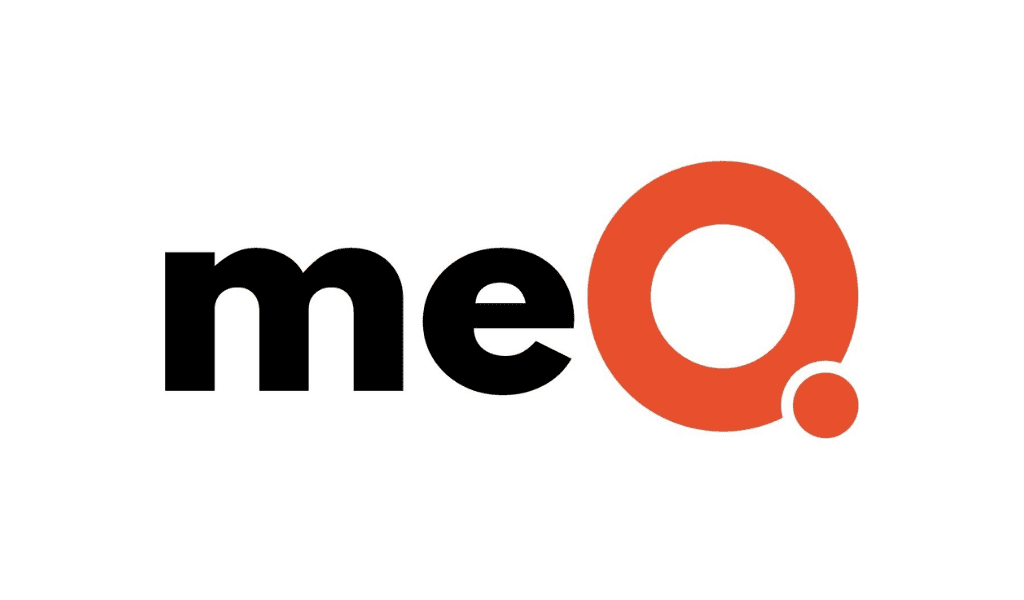The ways in which organizations manage different types of talent continues to blur.
Rapid growth in the contingent workforce is compelling many businesses to rethink how they identify, access, and onboard the varied skill sets of contingent workers and integrate their work into the full-time workforce.
The overarching goal is to create a total workforce in which the whole is greater than the sum of its parts. In other words, the traditional line between full-time-equivalent employees and contingent workers is blurring to the point of invisibility.
“The contemporary talent supply chain today is diverse, multifaceted, and spread across numerous sources,” says Christopher Dwyer, vice president of research, at advisory firm Ardent Partners. “It doesn’t matter where this talent sits or where it’s sourced from, as long as it can impact the business in a positive manner and address key project requirements -it has a crucial place.”
It also doesn’t seem to matter how long such diverse skill sets are at the behest of the employer. Agency temps, skilled freelancers, independent contractors, on-call workers, and self-employed individuals generally cycle in and out of companies on an as-needed basis. What does matter is that they are treated with the same dignity and respect given to customary employees.
Southwest Airlines is among the growing number of companies realizing this need to erase the line separating the treatment of full-time employees from that of non-employees. A few years ago, the Dallas-based, low-cost air carrier renamed its HR department “the Southwest Airlines People Department” to recognize its broadly diverse and evolving workforce. Thar same year, the new people department took over managing the non-employee workforce along with full-time equivalents.
Karen Thrasher heads up the unit within the people department to manage this transformed workforce. In the beginning, the department was made up of two employees, two recruiters, and Thrasher, but it now has additional positions, including two more recruiters, three coordinators, and a program specialist. “In coordination with supply chain management, we handle every position across the board here, managing more than 800 contingent workers from clerical staff to software programmers, solution architects, and data scientists.”
Armed with an annual talent budget of $80 million, the four recruiters source qualified candidates for open positions. Although the airline has contracts with 21 staffing agencies that provide much of this talent, Thrasher said her experienced team (each recruiter formerly worked at a staffing agency) often finds needed skill sets on their own, reducing the need to go through third parties. It also leverages Beeline for its vendor management systems (VMS).
This self-sourcing initiative saved the company about $5 million last year. “Our [talent acquisition] strategy is to get away from this idea of being an order-taker and instead be an advisor and partner to our internal customers,” she says.
Trends Large and Small
Southwest Airlines is not alone in adapting to the realities of the emergent workforce. Several clear trends are afoot for how companies are managing their total workforce. One is the increasing reliance on predictive data analytics.
For years, the HR space has been a laggard in adopting analytics to drive decisions, but no longer is this the case. “Data analytics is moving very quickly into VMS and ATS (applicant tracking systems),” says Dave Savarise, vice president at Superior Workforce Solutions, which offers both MSP services and VMS solutions. “At the same time, there has been an explosion in different types of talent-related, third-party analytics applications, provided by companies like Brightfield, CareerBuilder, TDX and TalentNeurons.”
The applications serve several purposes: helping employers find skilled and available people to take on crucial tasks quickly, gauging the likelihood of successfully recruiting these individuals, and providing focused marketing tactics that compel the workers to take on the job.
Given the war for talent, such strategies are needed. “It just narrows your focus on the right pool of talent, refining your search,” says Jim Golden, vice president of sales at Geometric Results, Inc. (GRI), another large, independent MSP.
Another benefit of data analytics is the ability to assess which of the company’s talent providers are performing best in different locations and across disparate types of talent. “You’re able to dig through mountains of data to find the nuggets of truth,” says Brian Hoffmeyer, group vice president for marketing strategies at VMS provider Beeline.
Such digging is important to Americold Logistics. The GRI client is using a cloud-based predictive analytics solution from Genesys Talent to recruit U.S. military veterans on a contingent basis. “We’re looking to increase our engagement with the veteran community, given their fantastic work ethic and strong technical skills,” said Gijo George, director of strategic sourcing at the Atlanta-based, business-to-business, refrigerated-warehousing company.
Genesys set up a talent cloud incorporating these data points. “Leveraging their predictive analytics tool, they’re able to curate the applicants to attract and select the high quality contingent labor we need,” George said. “It used to take us five to six weeks to identify and onboard 10 people, but now it takes less than 10 days to onboard three times as many individuals.”
Appreciating the New Forms of Work
This notion of an on-demand talent platform is another emergent workforce trend with strong legs. Storehouses of qualified individuals, such as forklift operators, bartenders, or data programmers, are available for work instantly, with all the usual administrative duties such as background vetting and drug screening completed beforehand.
This way, workers can be hired on a near point-and-click basis. “If you need someone to unload trucks this week, you click on an app and someone raises his or her hand to take on the shift,” says Golden. “In the past, you’d have to over-hire knowing some people might not show up or might leave before the end of the day. Now you can be assured of more accurate fulfillment rates.”
Upwork, Shiftgig, Workpop, and Wonolo are examples of such freelancer-for-hire applications, which vary in terms of the type of worker they provide. On Upwork, for instance, employers can hire web developers, creative designers, sales and marketing experts, and customer service agents for short periods.
“There’s a mindset shift now where people see these short-term assignments as a viable path toward a career,” says Golden. “They work six months at one company building a skill, then six months at another building a different skill. To such individuals, this is a more forceful approach to managing their career than a full-time job.”
As these different forms of work reimagine the workforce of tomorrow, employers must adapt to the new realities. “Our clients are looking for ways to engage these people in new and interesting ways and to give them better experiences when they’re on the job,” Savarise says.
The reason is pretty clear: Contingent workers are no longer contingent. “The way talent can be engaged now in an on-demand manner represents agility in human capital form,” says Dwyer from Ardent Partners. “Whatever the talent need is -be it project-based, longterm, or a single day’s work -enterprises can quickly fulfill it by tapping into business and social networks, freelancer marketplaces, and online talent platforms.”
This transformation represents a new epoch in workforce dynamics -one that is here to stay. In the future, that 40 percent of contingent workers may even grow. One can imagine a work environment in which different types of workers are regularly called in to execute specific tasks. The organizations that best optimize this singular mix of workers will achieve the greatest business momentum. This responsibility will fall to HR and procurement: the functions typically entrusted with hiring talent.
In their work managing all types of enterprise talent, Dwyer predicts that solutions such as recruitment process outsourcing, outsourced compliance management, online talent platforms, and spend management suites will be integrated to offer a holistic, total workforce management program. “The evolution of technology, strategy, and work will come together over time to benefit the efficiency and success of the modern business,” he explains.
As this occurs, companies will reposition contingent workers as a core component in all they do and provide meaningful work tasks to these individuals based on their particular skill sets and their desire for the assignment.
Russ Banham is a veteran business journalist and author of more than two-dozen books who writes frequently about the changing workforce.














